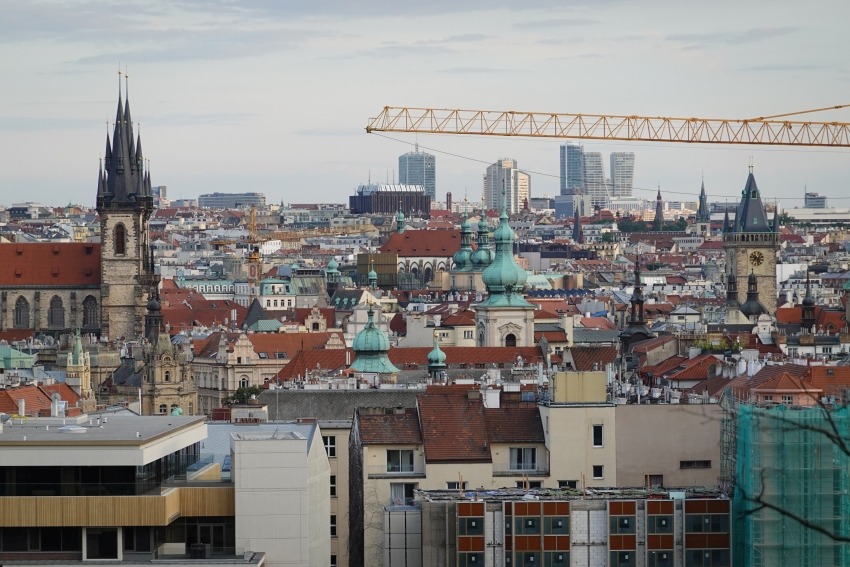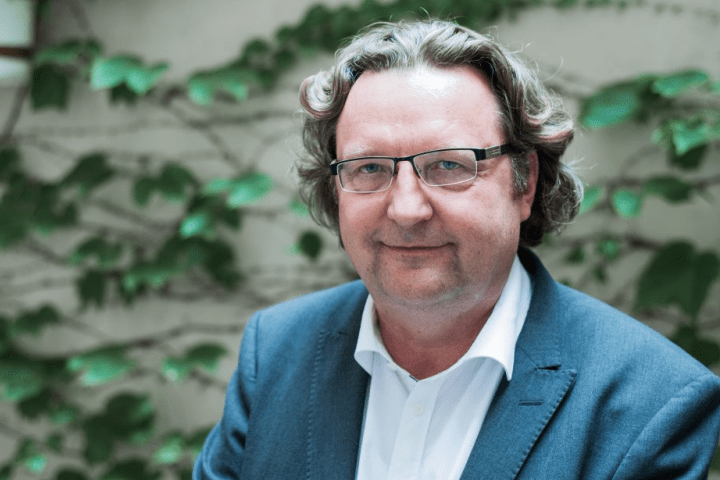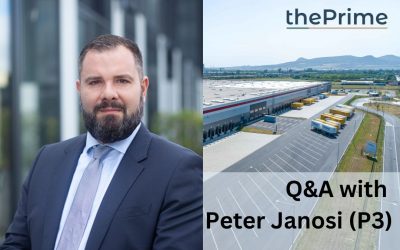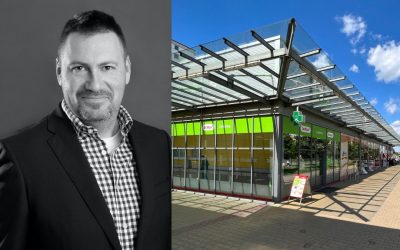The City of Prague has been in a residential crisis for some time now. Its Deputy Mayor Petr Hlaváček didn’t actually use the word crisis, during our wide-ranging discussion. But he painted a picture of a city whose urban planning mechanisms are struggling to adapt to modern demographic trends and rising levels of societal wealth and economic disparity. The most obvious symptom of the crisis are the runaway residential prices: first for new flats and homes but more recently for all existing stock. It’s not impossible, after all, to pay over CZK 100,000 per square meter in a panelak. This would have been an unthinkable joke until recent years.
Prague is not alone in facing this crisis, of course. European capitals and their urban regional hubs have all been hit by the inexorable demographic wave of urbanization. Young people everywhere are flocking to cities, the larger the better. But each city is suffering in specific ways, depending on its particular situation. In Berlin, for example, a referendum is to be held on whether nationalize privately-owned rental flats.
Understanding value
Prague’s situation is precarious because this the people and institutions running it are only beginning to understand the nature of land, of real estate and of their value. Consider this stunning fact: When Prague transferred its land portfolio of 500,000 sqm to the Prague Development Company (PDS), it recorded a value of just CZK 58 million. It’s an absurd number, but it reflects the absurd way the city has historically managed its real estate. This is Hlaváček’s key insight and explains why he promoted the creation of PDS in June 2020 as a statutory organization of the City of Prague. Its primary tasks are to work out the true value of the city’s property and preparing city rental housing projects.
Because Hlaváček sees city-held land as the key to enabling Prague to regain control over its future development. “Our philosophy is a conservative philosophy,” says Hlaváček, speaking in English. “We treat property like the value of the city and we are not going to sell this value for a small amount of money.” To put it a different way, he sees land as something akin to hard currency: something of permanent value that must be used wisely in order extract maximum benefit.
When selling land = losing control
Unfortunately, he says, the city and the public sector (through companies like Czech railways) frittered away huge swathes of land in the 1990s and 2000’s. It’s not simply that the land could have been sold for more money. The bigger problem is that the city traded the land for money, without extracting commitments from investors on how the land would be used to create greater levels of permanent value. Hlaváček’s strategy is for the city to use its influence to lead the urban planning process for major development zones before selling any land in them. This doesn’t just raise the price the city can charge for the land – it enables the city to guarantee that what ends up getting built is something that residents of its districts actually need and want.
 Ironically, avoiding a quick, no-strings attached land sale should also end up being a faster, more efficient path to development. He brings up the example of Rohan Island, where the land was sold in the 2000’s without any real regulation plans in place. “Even today, it’s still not developed and without the work from the city recently it might never have been developed.” This isn’t an implicit criticism of developers (Sekyra Group in this case). He says the task of creating a plan for such large plots of land is simply beyond the scope of any single investor. “Even the city has struggled with [Rohan] and we’ve been working on it for six years,” says Hlaváček. “In this very complicated and diverse society, it takes a miracle to create an agreement for the land. And if the city isn’t involved in the process, then it’s pretty complicated.”
Ironically, avoiding a quick, no-strings attached land sale should also end up being a faster, more efficient path to development. He brings up the example of Rohan Island, where the land was sold in the 2000’s without any real regulation plans in place. “Even today, it’s still not developed and without the work from the city recently it might never have been developed.” This isn’t an implicit criticism of developers (Sekyra Group in this case). He says the task of creating a plan for such large plots of land is simply beyond the scope of any single investor. “Even the city has struggled with [Rohan] and we’ve been working on it for six years,” says Hlaváček. “In this very complicated and diverse society, it takes a miracle to create an agreement for the land. And if the city isn’t involved in the process, then it’s pretty complicated.”
Understanding value
I was in Hlaváček’s office to discuss the activities of the first year of activity of the PDS, whose director Petr Urbanek is responsible for developing the City of Prague’s land bank. That sounds relatively simple, but as mentioned earlier, when Urbanek first began working on the project in 2019, the city didn’t even know what the portfolio transferred to PDS management was worth. Having arrived at a preliminary value of the city’s holdings (more than CZK 2 billion), Urbanek’s focus turned towards identifying large development zones where the city’s land holdings would give it strategic influence in creating a plan.
None of this is ground-breaking or revolutionary. Hlaváček says companies like PDS play a crucial role in other European capitals by cooperating with urban planning officials to drive consensus between competing interests in the city. In Prague, he says, “the combination of Prague Institute of Planning and Development (IPR) and PDS is trying to make this agreement and to think about making a profit for the city. Because profit is not the enemy, it’s a tool for creating something…We will see if we are able to do it.” But it’s still very much a work in progress. The pity of it is that the city failed to use the last 30 years under democratic rule to develop a consistent and modern vision for urban development. Prague is very much trying to make up for lost time in this sense.
Planning must reflect ongoing change
There’s a tendency to view urban planning as creating a vision for the future of a city. Hlaváček says the role of city planners is to enable Prague to adapt to changes and forces that are already underway. The demographic boom will have a profound effect on life for residents of the capital, and around it. Failure to handle these new pressures on the city could eventually lead to rising social tensions and a breakdown of the social contract that is ultimately what holds cities together.
Enabling smart development to increase the level of density by developing brownfields and increasing development coefficients where possible is a good place to start. But Hlaváček suggests it’s also time to expand what we actually mean when we talk about Prague.
“Prague and Central Bohemia are two entities, but life doesn’t work according to these types of divisions,” says Hlaváček. “The two regions already have a population of around 3 million but it will grow to 4 million.” This kind of outward growth is underway in cities around Europe but it’s unclear whether Prague’s infrastructure and urban planning processes are up to the challenge that’s coming. “The difference between Prague and Munich is that around Munich there are a lot of small cities connected by the S-Bahn,” says Hlaváček. “That makes it much simpler to manage. This public railway connection is underestimated here and it will be a very painful and long process to build it.”
Also on ThePrime:
City council green lights 6 projects by Prague Development Company
3Things: Geosan begins Neklanka, Bakala sells LBM and Prologis in Rudna
Sean Clifton (Jestico+Whiles): Green design in an era of inflation & plague






